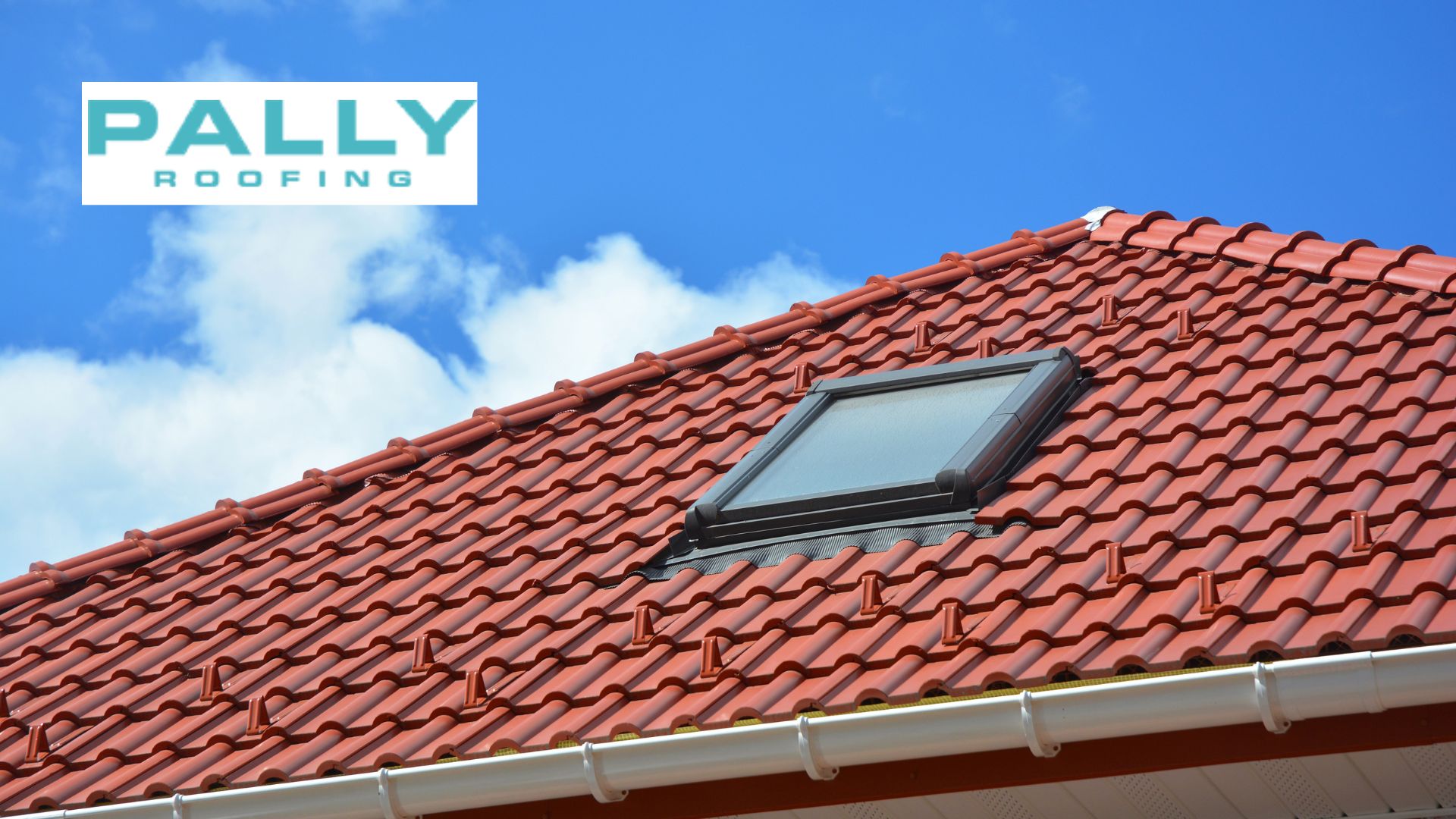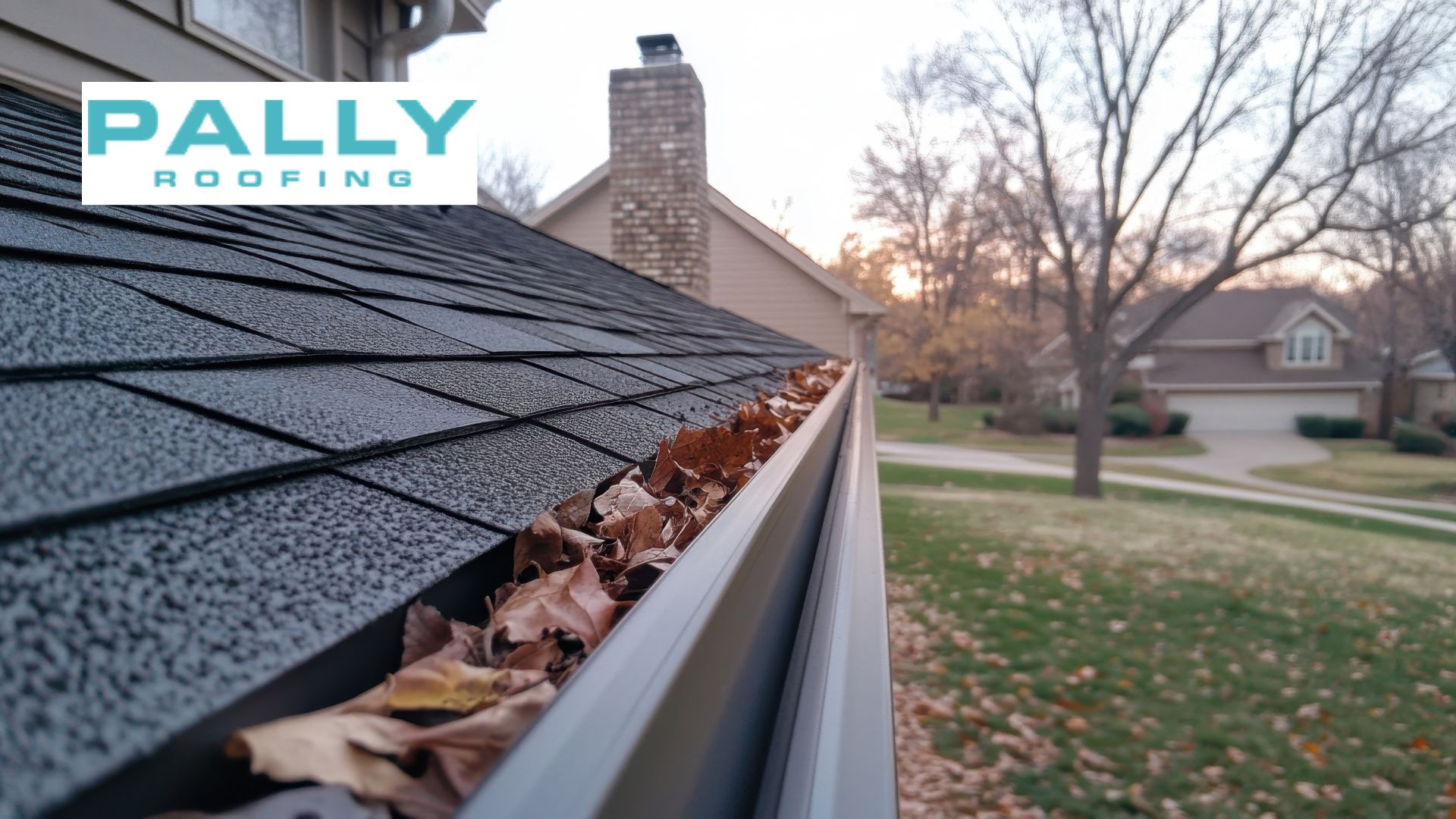Last updated on August 28th, 2024 at 09:28 am
Living in a region with frequent heavy rainfall requires careful consideration when choosing a roofing material. Your roof is your home’s first line of defense against the elements, and ensuring it can withstand even the most torrential downpours is crucial. While several options exist, asphalt shingles remain a popular choice due to their affordability and widespread availability. However, not all asphalt shingles are created equal, and understanding their performance and the factors influencing their lifespan in heavy rain areas is essential.
Table of Contents
This comprehensive guide dives deep into the world of asphalt shingle roofing for heavy rain areas. We’ll explore the benefits of asphalt shingles, dive into choosing the right shingle type for optimal rain resistance, delve into proper installation techniques for peak performance, and finally, discuss essential maintenance practices to maximize the lifespan of your roof in heavy rain regions.
While asphalt shingles offer affordability and accessibility, navigating the different options and understanding their suitability for your specific climate can be overwhelming. Pally Roofing’s experienced professionals can help you navigate the selection process by assessing your needs, evaluating your roof’s condition, and recommending the optimal asphalt shingle type for your home and local climate.
Call Pally Roofing today for a free consultation and let our experts guide you towards the best asphalt shingle solution for your home in a heavy rain area.
Choosing Asphalt Shingles for Affordability and Availability
When it comes to roofing materials, asphalt shingles consistently stand out for their cost-effectiveness. Compared to alternative options like metal or slate, asphalt shingles offer a significantly lower initial investment. This affordability makes them an attractive choice for homeowners across various budgets, particularly in regions where frequent roof replacements might be necessary due to heavy rain and strong winds.
Beyond their affordability, asphalt shingles boast widespread availability. They are readily available in most hardware stores and building supply centers, making them easily accessible to homeowners and contractors alike. This accessibility simplifies the procurement process and ensures a smoother roof installation or repair experience.
However, it’s crucial to remember that cost shouldn’t be the sole factor when choosing a roofing material for heavy rain areas. While asphalt shingles offer undeniable advantages in terms of affordability and availability, their long-term performance and suitability for your specific climate depend on several additional factors, which we’ll explore in more detail in the upcoming sections.
Navigating the Shingle Maze: Selecting the Best Option for Rain Resistance
While asphalt shingles offer affordability and accessibility, choosing the right type is crucial for optimal performance in heavy rain areas. Different shingle types possess varying levels of water resistance, and understanding these distinctions can significantly impact your roof’s longevity and overall effectiveness.
Here’s a breakdown of some key factors to consider when selecting the best asphalt shingle type for heavy rain:
- Shingle Thickness:
- 3-Tab Shingles: These are the thinnest and most affordable option. However, their shorter lifespan (around 15-20 years) and limited water resistance make them less suitable for heavy rain areas.
- Architectural Shingles: Also known as dimensional shingles, these offer increased thickness compared to 3-tab shingles, typically lasting 20-30 years. Their layered construction provides enhanced water resistance and makes them a more suitable choice for moderate to heavy rain regions.
- Luxury Shingles: These are the thickest and most expensive option, boasting lifespans exceeding 30 years. They often incorporate advanced waterproofing technologies and offer superior water resistance, making them ideal for areas with heavy and frequent rainfall.
- Shingle Material:
- Asphalt Shingles: Standard asphalt shingles are generally treated with a waterproofing sealant. However, for heavy rain zones, consider algae-resistant or impact-resistant shingles that offer additional protection against the elements.
- Fiberglass Shingles: These integrate fiberglass mats within the asphalt core, resulting in increased strength and tear resistance. Fiberglass shingles are also less susceptible to cracking and can be a good choice for areas prone to hail or high winds.
- Shingle Warranty:
- Pay close attention to the warranty offered by the manufacturer. Longer warranties often indicate a higher level of confidence in the shingle’s durability and water resistance capabilities.
Data Point: According to the National Roofing Contractors Association (NRCA), architectural shingles with a lifetime warranty can offer up to 50% longer lifespan compared to standard 3-tab shingles with a 20-year warranty in areas with moderate to heavy rainfall.
By considering these factors and consulting with a qualified roofing professional, you can make an informed decision and select the asphalt shingle type best suited for your specific climate and rainfall patterns.
Mastering the Installation: Ensuring Peak Performance of Asphalt Shingles for Heavy Rain Areas
Selecting the right asphalt shingle type is just one piece of the puzzle. Proper installation is equally crucial in ensuring your roof’s optimal performance and longevity in heavy rain areas. Here, we explore key installation techniques to maximize your asphalt shingle roof’s effectiveness:
- Ice and Water Shield:
This self-adhering underlayment membrane plays a critical role in preventing water infiltration at vulnerable areas like roof valleys and eaves. In heavy rain regions, installing an ice and water shield is highly recommended to provide an additional layer of protection against water backup and ice dam formation.
Data Point: According to a study by the Insurance Institute for Business & Home Safety (IBHS), homes without an ice and water shield experienced four times more roof deck leaks compared to homes with an ice and water shield installed.
- Proper Ventilation:
Adequate roof ventilation is essential for moisture management and preventing trapped heat in the attic from compromising the shingles’ integrity. Proper ventilation allows moisture to escape, preventing mold growth and promoting shingle longevity.
Data Chart:
- Flashing Installation:
Flashing is crucial at roof transitions like chimneys, vents, and skylights to prevent water from seeping through these vulnerable points. Proper flashing installation involves meticulous attention to detail and ensuring all seams and overlaps are sealed correctly.
- Nail Placement and Shingle Overlap:
Nails should be driven straight and secured properly to prevent shingle blow-off during high winds. Additionally, maintaining the correct shingle overlap is essential for ensuring water runoff and preventing water infiltration under the shingles.
- Professional Installation:
Choosing the right shingle is crucial, but expert installation is equally important for ensuring your roof’s optimal performance and longevity. Pally Roofing boasts a team of highly qualified and certified roofing technicians who specialize in asphalt shingle installation. We adhere to the strictest industry standards and best practices, ensuring your roof is installed meticulously for maximum water resistance and long-lasting protection.
Don’t trust your roof to just anyone. Contact Pally Roofing for professional asphalt shingle installation services you can trust.
**Remember, following these installation best practices combined with selecting the right shingle type will significantly contribute to your asphalt shingle roof’s performance and longevity in heavy rain regions.
Maintaining Your Investment: Extending the Lifespan of Your Asphalt Shingle Roof in Heavy Rain
Investing in a quality asphalt shingle roof for your home in a heavy rain area is crucial. However, simply choosing the right type and ensuring proper installation isn’t enough. Regular maintenance practices are essential to extend the lifespan of your roof and prevent costly repairs or premature replacement.
- Regular Inspections:
Conducting annual inspections by a qualified roofing professional is highly recommended. These inspections identify potential problems like missing or damaged shingles, clogged gutters, and moss growth, allowing for early intervention and addressing issues before they escalate into major repairs.
Data Chart:
- Moss Removal:
Moss growth on your asphalt shingle roof can trap moisture and create a breeding ground for mold. Regularly remove moss using a stiff brush and a moss removal solution specifically formulated for asphalt shingles.
Caution: Avoid using high-pressure washing methods, as this can damage the shingles.
Data Point: According to the Asphalt Roofing Manufacturers Association (ARMA), moss growth on an asphalt shingle roof can reduce its lifespan by up to 20%.
- Debris Removal:
Leaves, branches, and other debris can accumulate on your roof, hindering water drainage and potentially causing shingle damage. Regularly remove debris from your roof and gutters to ensure proper water flow and prevent potential problems.
- Proper Ventilation:
Maintaining adequate attic ventilation is crucial throughout the year, even in colder months. Ensure your vents are free of debris and functioning properly to prevent moisture buildup and promote shingle longevity.
- Addressing Minor Issues Promptly:
Don’t delay addressing minor problems like missing or damaged shingles. By promptly addressing these issues, you can prevent them from escalating into more significant and costly repairs down the line.
Even the best installed roof requires regular maintenance to ensure its continued effectiveness. While DIY maintenance might seem tempting, it can be risky without proper training and expertise. Pally Roofing offers comprehensive roof maintenance plans tailored to your specific roof and needs. Our experienced technicians will conduct thorough inspections, identify and address potential problems, and perform necessary maintenance tasks to maximize your roof’s lifespan and prevent costly repairs down the line.
Invest in peace of mind with Pally Roofing’s professional roof maintenance plans. Contact us today to schedule your initial inspection.
Conclusion:
By understanding the advantages and considerations of asphalt shingles for heavy rain areas, choosing the right shingle type, ensuring proper installation, and implementing regular maintenance, you can make an informed decision and ensure your roof provides lasting protection and value for your investment.
By choosing Pally Roofing for your asphalt shingle roof needs, you gain access to a one-stop shop for expert advice, high-quality materials, professional installation, and comprehensive maintenance and repair services. We are committed to providing exceptional customer service, competitive pricing, and unwavering quality in everything we do.
Contact Pally Roofing today and let our dedicated team help you navigate the world of asphalt shingle roofing for your home in a heavy rain area.
For a comprehensive exploration of different roofing options for heavy rainfall areas, head over to our insightful blog post:
Best Roofing Options for Heavy Rainfalls: Protecting Your Home in Any Downpour
Author
-

With more than 16 years of hands-on experience, Phillip Schmucker is the knowledgeable owner of Pally Roofing. His dedication to superior roofing services has earned him a reputable place in the industry. Phillip also shares his extensive expertise through writing, providing readers with practical tips and professional advice on various roofing topics. Follow him on LinkedIn.
View all posts






